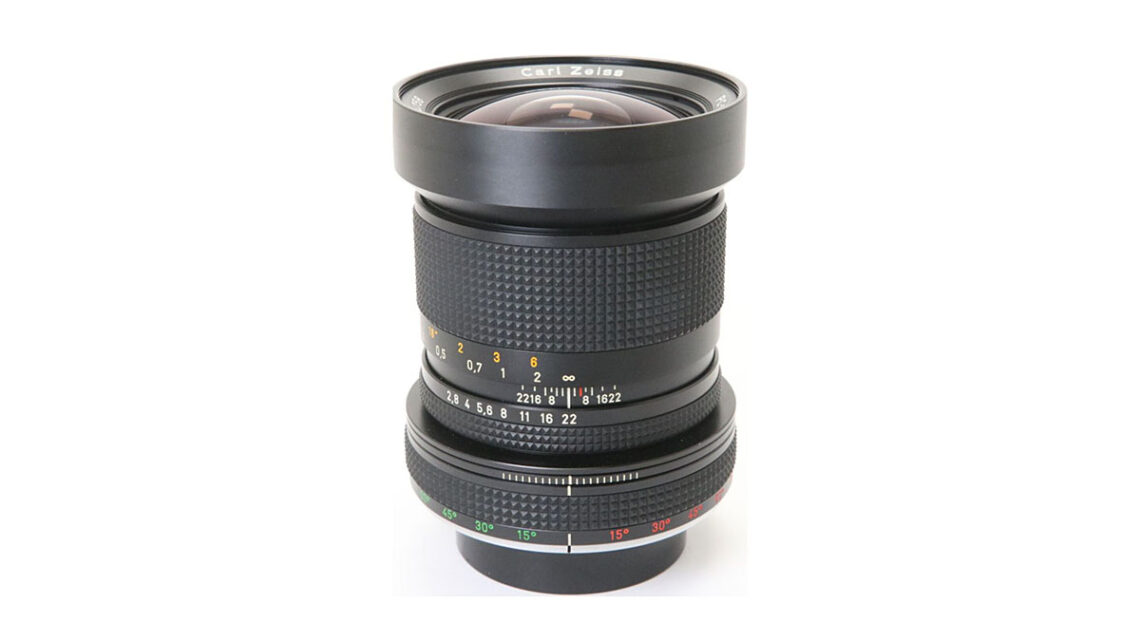
Contax Zeiss PC-Distagon 2.8/35 T* lens review
Key features
Highly versatile 35mm focal length
+/- 10mm shift (no tilt)
90° rotation left and right in 15° increments
Shift movement operates without locking
Floating element design to reduce aberrations at close range
T* coatings reduce reflections, lens flare, and ghosting
Made by Zeiss in Germany (Oberkochen)
Stopped-down operation only
The Contax Zeiss PC-Distagon 2.8/35 T* is a shift lens manufactured by Zeiss for Contax C/Y mount SLR cameras, designed in the late 1970s or early 1980s. At that time, the 35mm focal length was a popular choice for shift lenses. Canon stood out for its tilt/shift model, but Minolta, Nikon, and Olympus all had 35mm shift lenses in their catalogue. With the advent of mirrorless cameras, all of the above can be easily adapted

